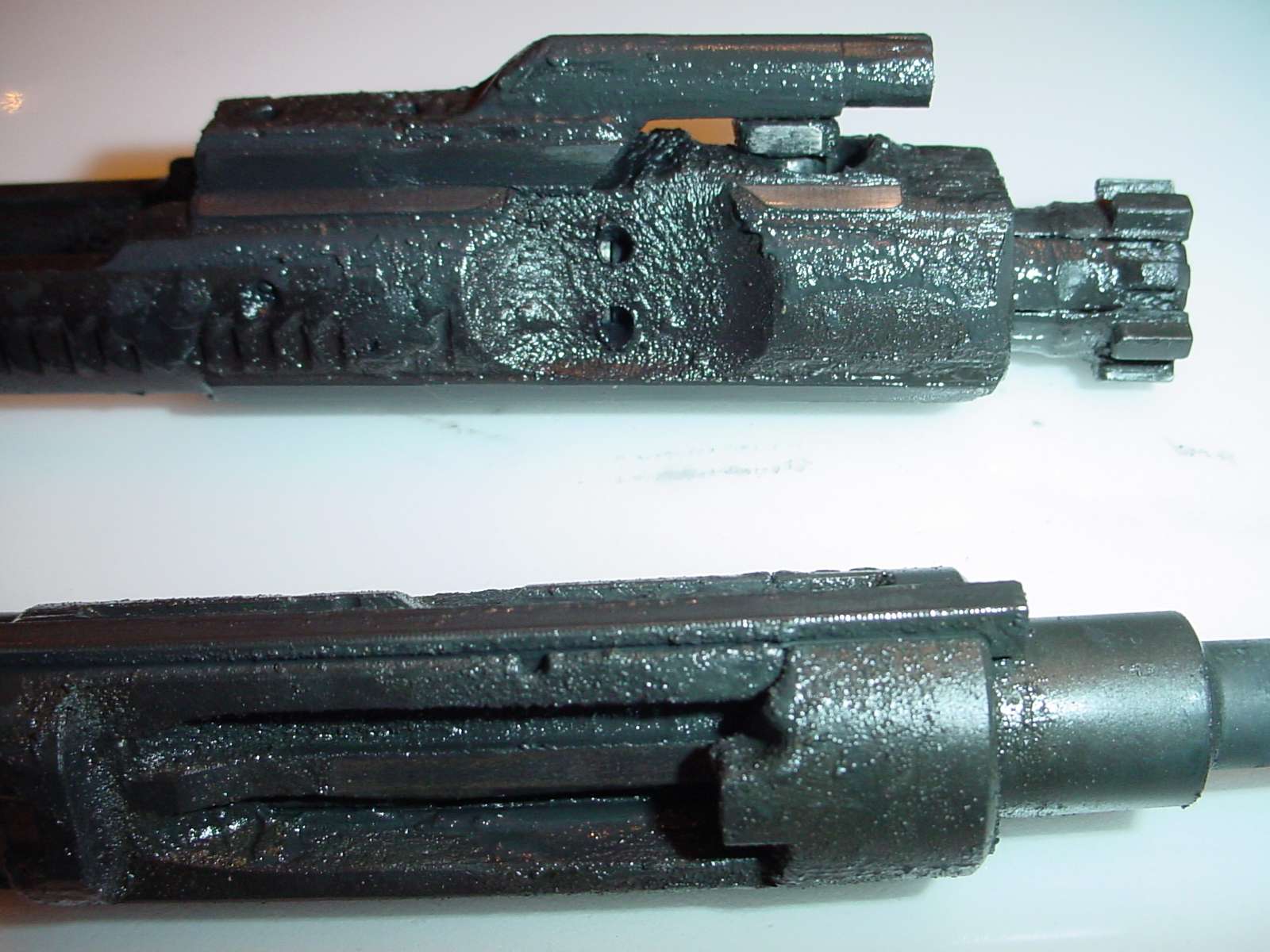
Originally Posted by
Arctic1

I can only suggest that you seek out the opportunity to educate yourself by trying one.
I have found that the vast majority of people who dislike piston ARs are people who have never used one or never fired more than a few shots from one. Everyone is entitled to their opinion of course. But it's an interesting observation.
Joe Mamma
"Reliability above all else"
NRA Certified Pistol and Rifle Instructor, Life Member
Glock Certified Armorer
Beretta & Sig Sauer Certified Pistol Armorer
Colt Certified 1911 & AR-15/M16/M4 Law Enforcement Armorer



 Reply With Quote
Reply With Quote








Bookmarks